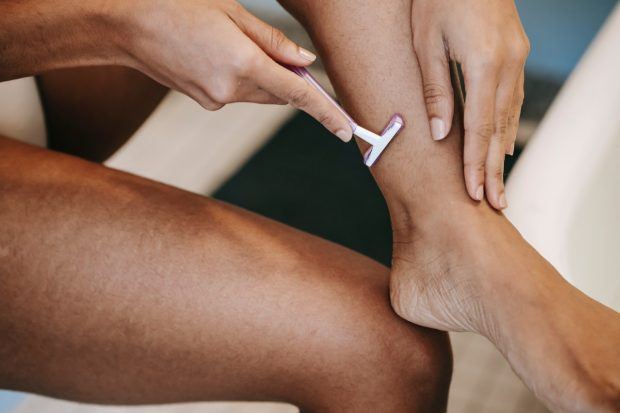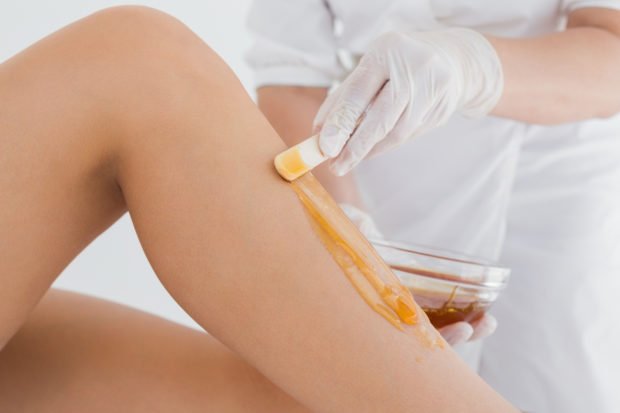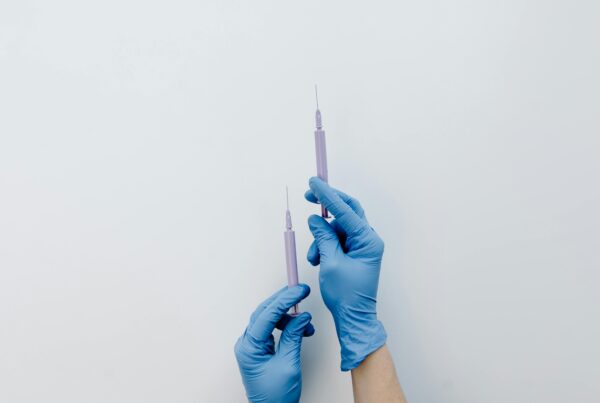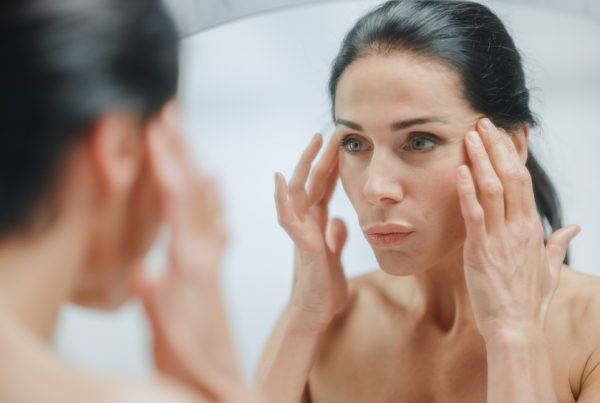Let’s face it, the beauty industry pollutes the planet. Climate change and its effects are putting humanity’s survival at risk. The beauty industry is one of the largest contributors. Good news, though—it’s not too late to get our act together.
However, this means businesses and brands everywhere need to re-evaluate their priorities. Consumers need to hold them accountable. Our role is to patronize eco-friendly brands and commit to our own sustainable journey.
We’re all beauty and skincare enthusiasts here, but it’s important to acknowledge that the cosmetic, beauty, and grooming industry needs to become more sustainable if it wants to reduce its negative impact and help our planet stay liveable for longer. In fact, it has become evident that the use of single-use plastic razors is our biggest culprit.
A shaving nation
Most people shave. Most shave every single day, some every second day or twice a week. Some wax.
So if most shave, we did the math. There are 60 million people in South Africa alone. If half the population shaves, it means 30 million shaves regularly. The American Academy of Dermatology states that one should change their blade or throw away disposable razors every five to seven shaves. This will help minimize irritation and the spread of bacteria. Let’s say 30 million people use a disposable razor a week. That’s 120 million razors a month. That’s 1440 million razors a year!
And it takes 450 years for plastic to degrade!
So let’s recycle razors?
Think of the music that plays during a thriller scene, the frightening eek, eek, eek… These are the dreaded sounds you should imagine when you are tossing that rusted old blade from your shower or bath after use.
Where does that razor and millions like it land up? They land up in our precious oceans, rivers, and lakes, and they are dumped in landfills. They are not recycled.

Photo by Sora Shimazaki from Pexels
So, how do we know this? We want to recycle our single-use razors, and there are no recycling plants in the whole of Africa that accept single-use razors. No plant will remove the metal blade from the plastic handle. Plastic can only be recycled if there is nothing else attached to it.
The blades are not even the problem. They will rust away into nothing, leaving behind the plastic handle and casing for hundreds of years. The sad reality is that at this time, there is simply no straightforward way to dispose of plastic razors in an eco-friendly way. To complicate things further, recycling plastic is not even the ideal solution! Why? Because recycling plants melt plastic down to reuse it. When plastic is melted down, it produces fumes, which is just another form of pollution that contributes to the greenhouse effect.
This is just one example of a product humankind uses regularly that is destroying planet earth. Why are organizations not worried about their carbon footprint? Why are they not making drastic changes quicker?
How sustainable is hair removal?
According to the official Stats SA website, 90% of an estimated 59 million tonnes of general waste produced in South Africa in 2011 ended up in landfills, while only 10% was recycled. Studies reported in 2016 showed that as little as 12.9% of households recycle, compared to one year before, only 5.2%. Given the chaos of COVID, what are the chances that these statistics have improved?
Although in recent years certain municipalities initiated some kind of recycling program, the municipalities struggled with the implementation due to a lack of capacity or infrastructure, which means that South Africa is running out of space for waste disposal despite the small acts of recycling introduced.
This is all scary stuff but now that we have rambled on quite a bit about the problem, let’s get to a solution every single one of us can be a part of because there is hope, if we all do our part. Strength in numbers.
So what’s the solution?
We need to STOP single-use plastic. There are a few eco-friendly options for disposable razors.
1. Invest in greener razors
There are a few greener razor options out there that can help you reduce your carbon footprint. For instance, the Laser Beautique has introduced Africa’s first eco-friendly disposable razor.
Unlike most plastic disposable razors, the new razor comes with one handle and boasts 3 replacement triple blade heads. It is also 100% biodegradable, with bio-material from wheat straw, used for the handle and blade holder.
You can also opt for electric razors, as they are long-lasting. Unfortunately, they’re not always zero-waste, especially because their blades do need to be replaced occasionally.
2. Wax on, wax off
Often seen as a better alternative to shaving and seen as a treatment that will reduce hair growth in years to come, waxing results in painful ingrown hairs. One also needs to grow the hair to wax it. This is a real inconvenience, especially in summer.

wavebreakmedia/shutterstock
If you think about it, waxing that comes in the form of strips also contribute to waste, and, let’s be honest, it can be excruciating.
3. Hair removal cream
Depending on the packaging used, as well as the list of ingredients, hair removal isn’t the kindest to the environment.
However, if you opt for an eco-friendly brand, free of any harmful and toxic ingredients, then hair removal cream is definitely an easy and effective option.
However, I do find the creams have an unpleasant smell, and it can be time-consuming. That said, you can shave and use creams between laser treatments. This is convenient as one is smoother all year round.
4. Invest in laser
It’s definitely not as painful as waxing, and it’s much more permanent. Hands down, we advise that laser is the best, quickest, and most permanent solution for dark hair.
Waxing and shaving aggravate melanocytes in the skin. Melanocytes react by overproducing melanin and causing dark uneven skin like dark armpits. Laser will remove the hair and stop the overproduction of melanin, and the skin will even tone.
Be sure to communicate every step of the way. Tell your therapist if you are on any meds, if you are pregnant, have any medical conditions or if your situation changes as your laser journey can take 12-18 months
Who is the author?

Tzvia Hermann
Founder of The Laser Beautique, Beautique Brands, and Beautique Academy, Tzvia Hermann, has many years of experience in the beauty and aesthetic industry. Having studied IT and Law together with her specialist training in aesthetic technology and her passion for beauty, design, marketing and travel allow Tzvia to disrupt the beauty industry and keep bridging the gap between beauty and medical aesthetics.
Her award-winning Laser Beautiques have revolutionized the beauty and aesthetic industry by pioneering a host of invasive and non-invasive laser treatments, cosmetic procedures, grooming, and beauty treatments.





![women [longevity live]](https://longevitylive.com/wp-content/uploads/2020/01/photo-of-women-walking-down-the-street-1116984-100x100.jpg)










